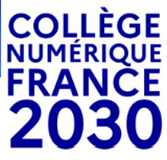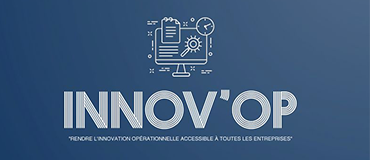The Augmented Reality is the superposition of reality and elements calculated by a real-time computer system. It often refers to the different methods of realistically embedding virtual objects in a sequence of images.
OST-AR (optical see-through augmented reality) => The screens are transparent so that the real world is visible through the optics and the digital content added.
Commonly used equipment: Augmented Reality glasses/headsets
VST-AR (video see-through augmented reality) => Use of video feed from the device s’ camera in real time, and integrated into the application; the added digital content will be superimposed on this real time video feed.
Commonly used equipment: smartphones, tablets, mixed reality headsets









